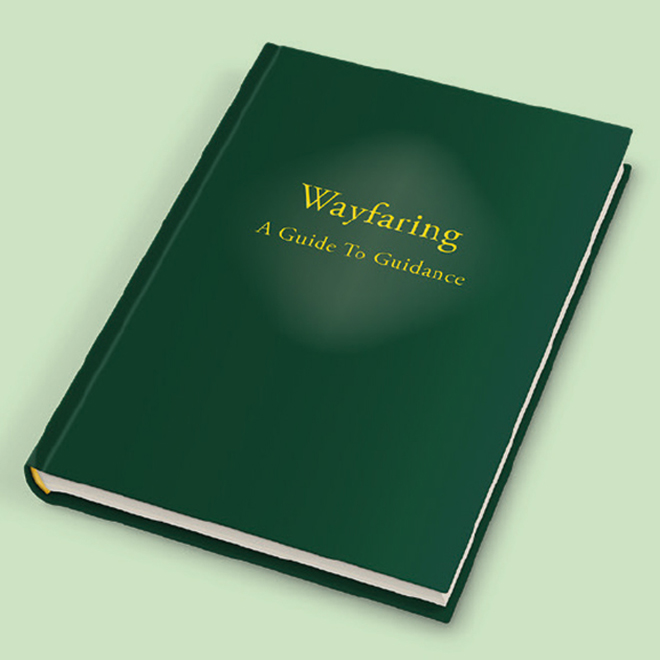As we live…
Trish Carn looks at three examples of family history
Antony Barlow’s new book is an account of the service and lives of various branches of his family over several hundred years and encompasses many of the better-known Quaker names.
Antony Barlow’s new book is an account of the service and lives of various branches of his family over several hundred years and encompasses many of the better-known Quaker names.

"If you truly want to be led you must put yourself in a position that allows following" (PYM)
Though written within a Quaker and Christian context, this book can be used by anyone of any religious faith or secular inclination. The only requirement is a desire to follow, to be guided by, to align with the richness of the ineffable, which this book calls "the Way". This book seeks nothing less than to aid readers in aligning their lives with the same power and richness that animated the life of Jesus of Nazareth.
Buy from Friends House Bookshop